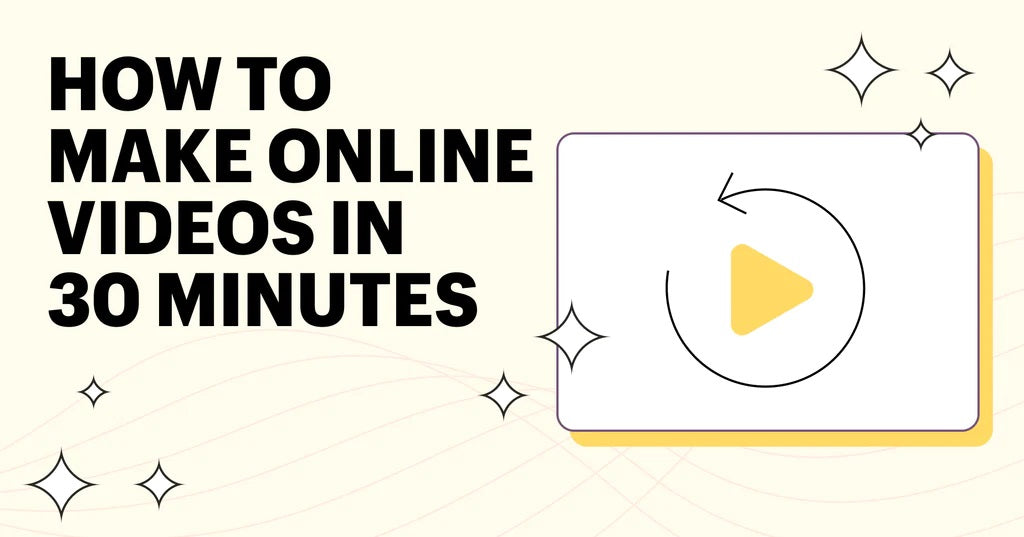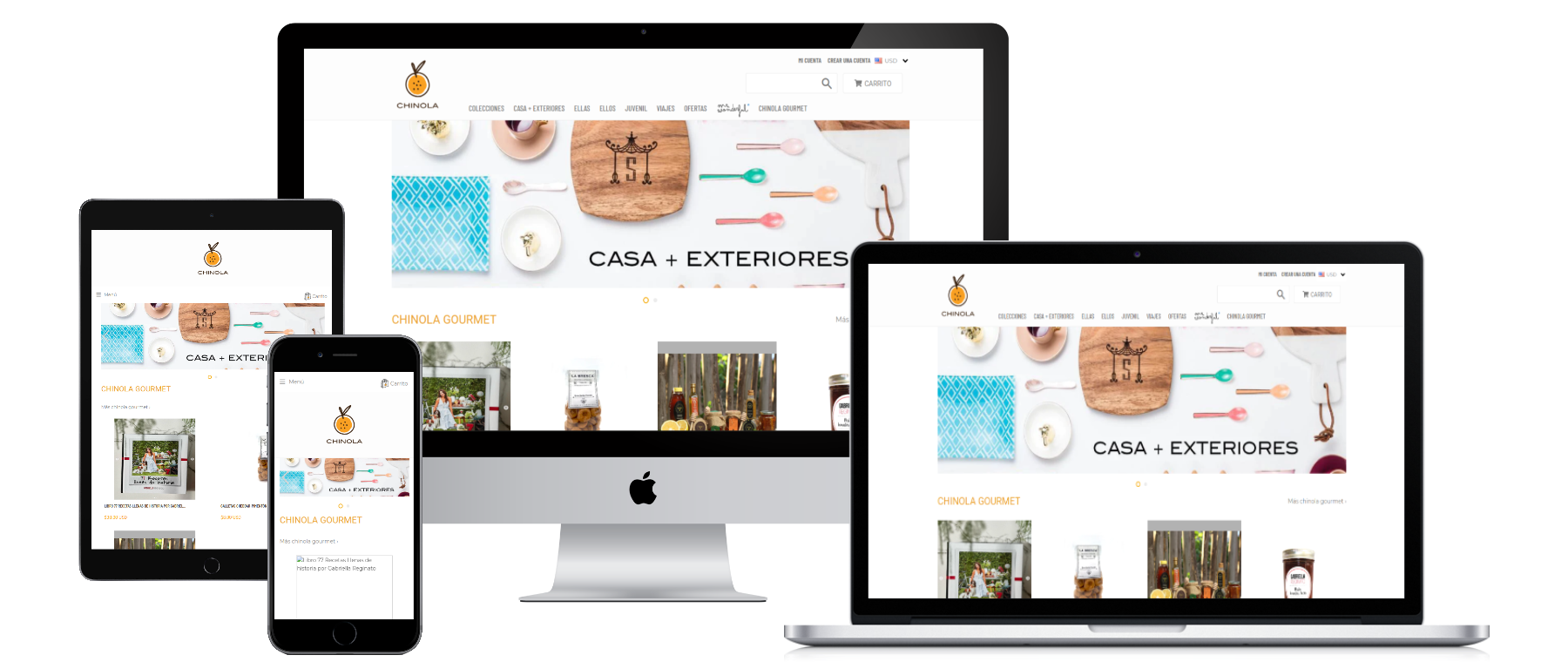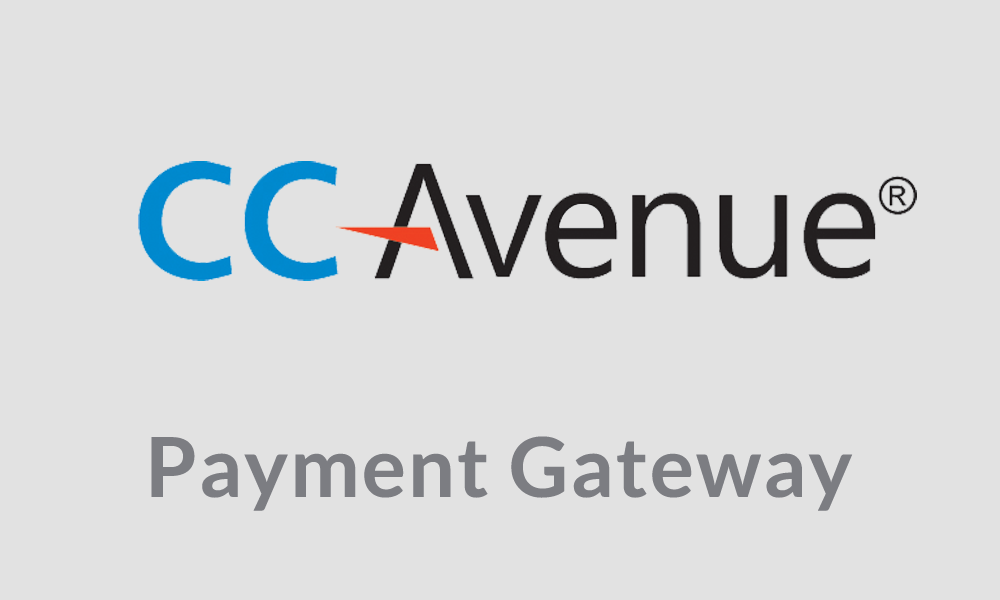
Step Guide to Make a Videos: Shopify
How to make a video, step by step
- Brainstorm ideas
- Research and plan
- Create the video
- Import your video footage
- Edit your video
- Export your video
- Publish your video
Creating your own professional videos doesn’t have to be left up to a video production team. In fact, with our easy-to-follow seven-step guide, you can create, record, and edit nearly any kind of video you’d like to create for your video marketing strategy.
1. Brainstorm ideas
Every video is going to start with an idea. But how do you get the right idea? First, don’t stress too much—you can create multiple videos if you have a number of great ideas. Right now, you just need to start with one.
To get that first idea, focus on one specific topic. Each video should go in-depth into a single topic, whether it’s an educational video, explainer video, product video, etc.
Then, pinpoint what the goal of your video is:
- Do you want this to be for SEO on your YouTube channel?
- Is it a product video that will help users better understand how to use your product? (94% of marketers agree that videos are great for this)
- Is it an instructional video that walks viewers through some kind of how-to or tutorial?
Decide why you want to create this video. Then you’ll be able to get some video ideas to start pouring in.
💡 Action item: Conduct a quick YouTube or social media search to see what your competitors are publishing. Pay attention to their highest-performing videos and consider using one of those ideas as your first video.
2. Research and plan
You have an idea. We’re still just in the very beginning stages of creating your YouTube video. Next, it’s time to research and plan how you want your video to go.
There are three main facets of this: writing your script, creating your storyboard, and planning production.
Scripting
What are you going to say in your video? Whether you record a voiceover or have your talent actually in the video, you need a script.
If you’re planning on repurposing a blog post or podcast episode into this video, that’s pretty easy—just rewrite the blog post to focus on the main points in a more conversational manner. However, if you’re starting from scratch, there will be a bit more work involved, as you’ll need to outline, research, and flesh out your topic before putting it in script format.
Keep these tips and structure in mind when writing your script:
- Introduce yourself and/or your company.
- Share the central point of your video.
- Address the audience as “you.”
- Write your script the way you speak so it feels natural.
- Read your script out loud as you work through it.
- Add any music, special effects, transitions, or other video elements you want to see.
Storyboarding
A storyboard is a page or presentation that includes a video’s planned scenes so that your team knows exactly what to shoot when production starts.
Using a template like the one below, teams can either draw out how they’re picturing the scene, or find online stock images that help depict each part of the story.

Build out every scene and any dialogue that needs to go with it so that you’re completely prepared to start sourcing your video footage.
Find a place to shoot and plan production
The final step in the research and planning phase is finding your location for shooting your video.
This will depend heavily on the concept of your video. For example, if you’re shooting a video about skateboarding products, you likely need a street setting. A quiet office with a green screen backdrop or another basic background would be ideal if you're creating an informational video.
💡 Action item: If you need to book your planned recording space, do so well ahead of time so your team can properly prepare.
3. Create the video
There are two ways to make a video: record your own or repurpose existing photos and videos.
Record your own
Recording your own video is often the most intimidating part to new business owners or video marketers, but it doesn’t have to be. In fact, when you’re just starting out, you can create great video content with your smartphone’s video camera. That type of video is ideal for your Instagram Stories, Instagram Reels, and other smartphone-based social media apps.
However, if you want to step it up, you can rent or buy your own video equipment. Some of the basics you’ll need include:
- Camcorder, point-and-shoot video camera, or DSLR
- Camera lenses that fit the camera you chose
- Memory cards
- Tripod or stabilizer
- Lighting
- Microphone
At the very least, even if you use your iPhone, gathering some lights and a lapel microphone is a good way to create a high-quality video on a budget.
Once you’ve gathered your equipment, it’s time to prepare for recording. Get your camera set up with its tripod. It’s a good idea to go ahead and use a tripod even if you are recording via smartphone—there are several options to purchase that can hold onto your phone and keep it steady while you film.
Then get your talent or your video scene ready and start recording. If you have someone reading off their script, consider blowing it up to place on a monitor as a teleprompter so they can ensure they get all of their lines right.
Do some test runs to make sure that the visual is clear and the audio can easily be heard. Check that your lighting also makes your video look high quality and not like it was shot in a basement.
Repurpose existing content
You can repurpose existing photography, get what you need from stock footage sites, and even shoot your own footage with your phone, if you really need to.
There are many places where you can look for great free stock footage, fitting music, and cool sound effects.
Depending on how the content is licensed, however, you might need to credit the creator of the footage you borrow or pay to use it for commercial purposes.
For details on how and when to do this, check out the Creative Commons best practices for attribution, and be sure to take a closer look at the conditions for use on each of the following sites.
FREE STOCK VIDEOS
- Videvo: Completely free high-quality HD footage and motion graphics.
- Pexels: Free photos and videos from around the world.
- Distil: 10 new high-quality videos for commercial use every 10 days, delivered to your inbox.
- Pixabay: Tons of vibrant videos, photos, and animations you can use.
PUBLIC DOMAIN (NOT SUBJECT TO COPYRIGHT)
- Pond5: Home to lots of historic footage.
- Internet Archive: Footage of games, films, historic moments, etc.
- NASA: Footage and photos of space.
- Critical Past: Vintage videos.
FREE MUSIC AND AUDIO
- Freesound: A variety of sounds you can use at no cost.
- Looperman: A capella vocals, music, and sounds you can use if you credit the creator.
- ConverseSampleLibrary.com: Plenty of cool music and rhythms for you to sample.



